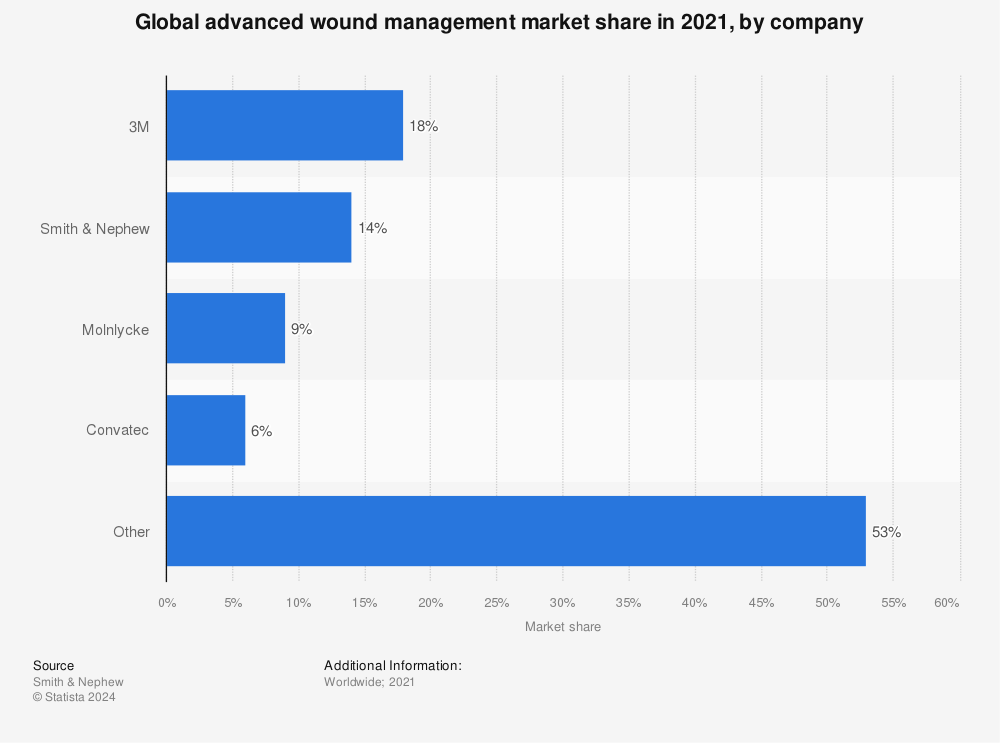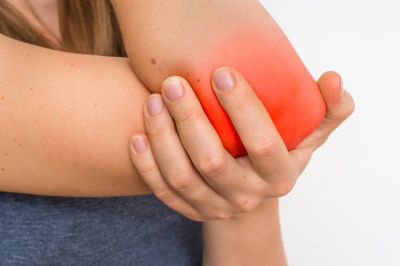Pressure wound therapy is a form of therapy for treating wounds that won’t heal on their own. It works by applying negative pressure to a wound, in order to encourage blood flow and thereby improve healing via the use of nutrients, platelets and other important elements found in the blood. This post examines pressure wound therapy, what it entails and how it can be used.
Pressure wound therapy is a form of therapy that involves applying pressure to a wound via a pump, in order to enable it to heal more quickly.
This can be useful for treating a range of wounds that aren’t able to heal normally. That can include:
- Diabetic ulcers
- Venous ulcers
- Chronic wounds
- First/second degree burns
- Surgical and acute wounds with high risk of infection
- Wounds with large amounts of drainage
- Arterial ulcers
Your mind may be immediately jumping to the idea of a compression, but actually this is the precise opposite of what pressure wound therapy involves! Instead, pressure wound therapy refers to negative pressure, meaning that there is less pressure in the area.
This involves using a sealed dressing that completely prevents air from getting in or out and then using a pump to suck all the air from around the wound.

Find more statistics at Statista
How This Works
To understand this, and to fully understand a medical vacuum pump it is important to address what pressure really means. Essentially this is understandable in terms of the gas and the greater the number of molecules of gas or liquid in any space, the higher the pressure will be. This is why then the ocean provides such an incredibly high pressure – because it has so many water particles in that space (not just because of the weight of the water itself).
A space with fewer molecules of gas or anything else then will have much lower pressure. As these molecules will have energy of some form they move and they collide with other molecules and the more tightly compacted they are the more collisions this will cause. In other words, then this is what creates that pressure – the rapidly moving molecules compacted tightly in a small space. Thus, it is no wonder that when there is an area with low pressure – such as a vacuum which actually has zero pressure because of the complete lack of gas particles of any type – that those particles attempt to rush to fill the area of lower pressure.
This is called ‘equalization’. It means that any volume with higher pressure will rush to fill a volume with lower pressure. We can see this if a damn bursts and all the water rushes to spread onto the other side. And it is similar if the hull of an aircraft should be breached: suddenly all those densely packed air molecules rush to fill the low-pressure area outside. Remember that there is lower pressure higher up!
When you then decompress the bike pump by pulling back the handle, or releasing your foot from the foot pump, this then causes there to be more space in the pump and fewer air molecules than there were to begin with. Now the pressure in the pump is lower than the pressure outside again, and so of course this then means that through some form of hole in order to allow you to once again pump those molecules into the bicycle tire again. As you do you then gradually increase the amount of pressure that is inside the tire and this will be measured in 'PSI'. Meanwhile a valve on the tire ensures that the pressure differential only works one way so that the air doesn't immediately rush out of the tire again. This is of course how many pumps and many types of pressure work, and it is also interestingly how all pneumatic power and hydraulic power works. Of course, it is the central concept behind a medical vacuum pump.
When you apply a medical vacuum pump to a sealed wound, the result is interesting. In this case, the body is the aircraft and the volume beneath the dressing is the outside air! Thus, all the molecules in the body will want to equalize the pressure by rushing into the vacuum.
The Procedure
So in practice, what does this look like?
Firstly, the dressing is applied to the wounded area. This begins with a sterile ‘open-cell foam’ which is cut to the correct size and then packed into the wound. The form is used to prevent large particles from clogging the system and works like a filter. The next part of the dressing will usually be made of polyurethane. This dressing is transparent and very thin and is used to create the airtight seal.
The pump is then attached to this dressing and the negative pressure is applied just as it would be with a bicycle pump. The pump is operated digitally however and this allows the physician to apply a precise amount of pressure rather than a variable amount.
The pressure is applied and some patients will report discomfort. This will help to determine the amount of pressure applied. Pain medications are often used at the same time. Usually the negative pressure will be somewhere within the range of -125 to -75. The pain is partly determined by the patient’s own pain response and partly by the size, position, and condition of the wound.
The popularity of negative pressure wound therapy has grown over time but precautions must be taken. Negative pressure therapy can lead to complications if the pressure seal is broken, if the tubing links or if the drainage chamber (designed to collect fluids) is blocked.
